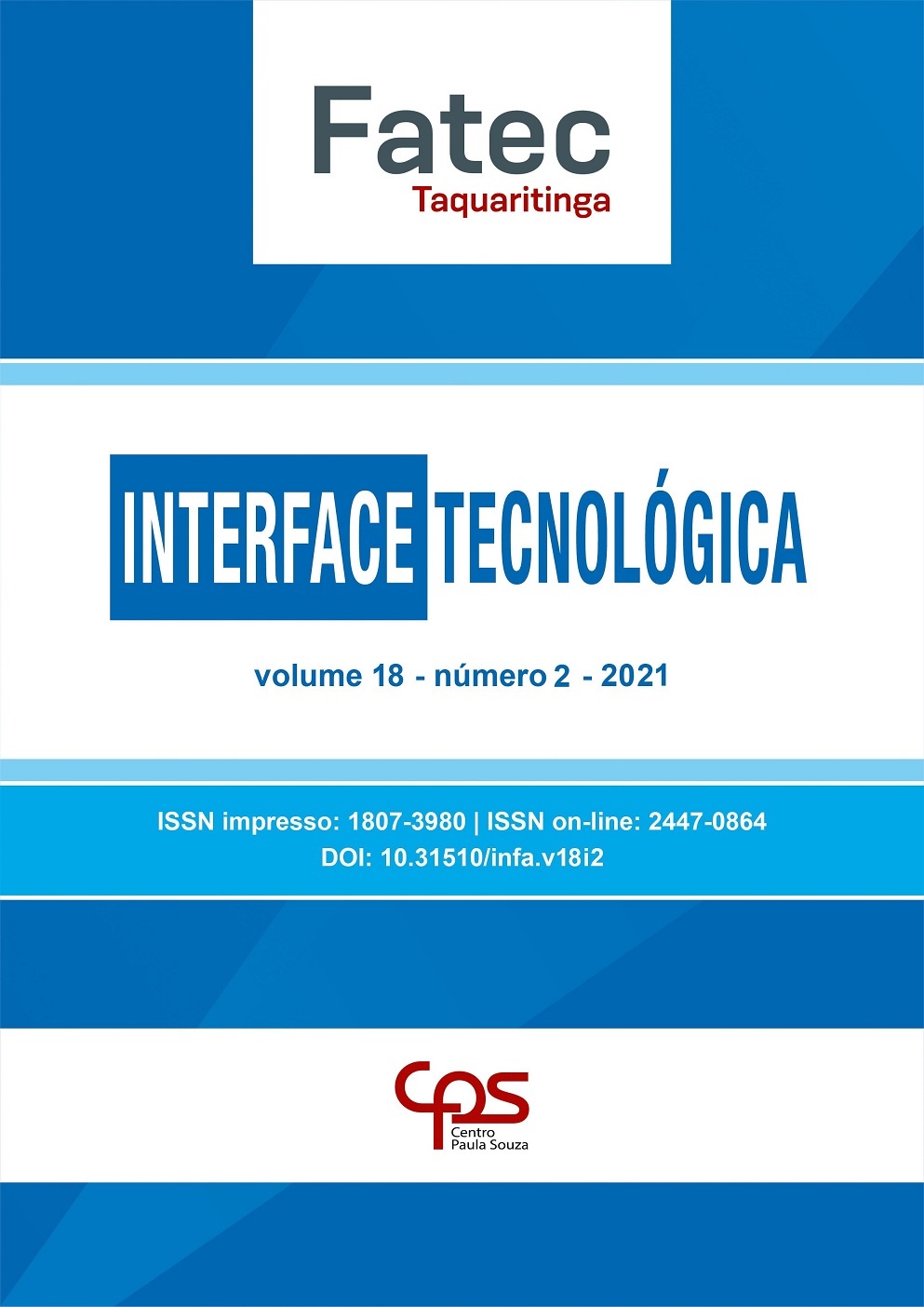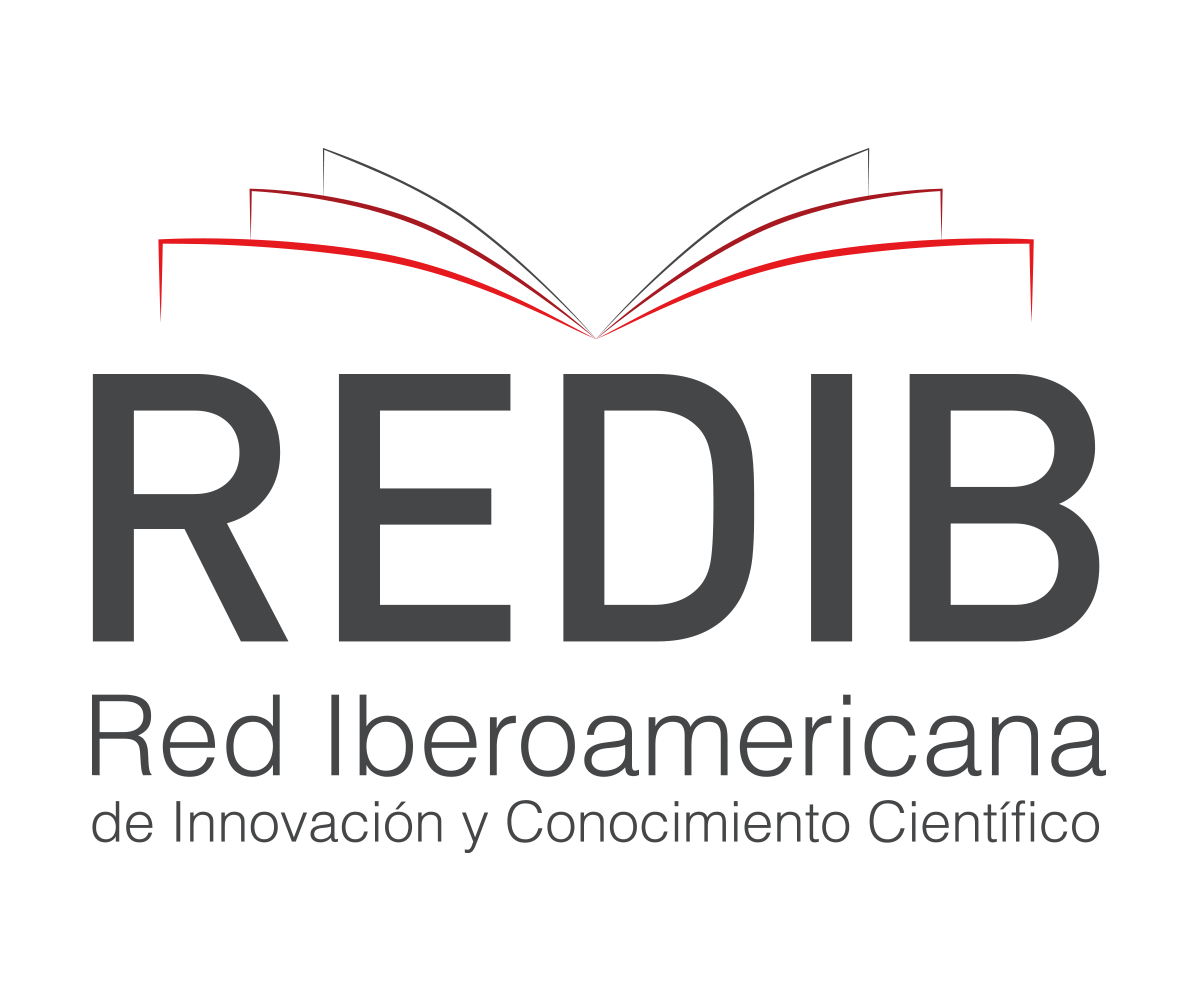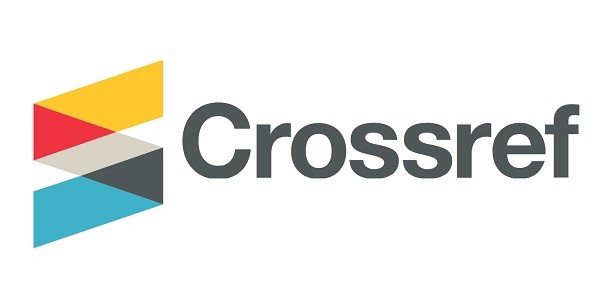ANALYSIS OF RATES AND TAXES ON ELECTRICITY
DOI:
https://doi.org/10.31510/infa.v18i2.1325Keywords:
Rate, Water crisis, Tariff flagAbstract
Currently, electricity is present in most Brazilian homes, bringing practicality and comfort. This article aims to identify the fundamentals of price changes in electricity tariffs. The distribution of electricity in Brazil is made by concessionaires, licensees and designated, among public, private and mixed economy agents that operate in the distribution market. Electricity tariffs in Brazil are defined by power demand and energy consumption. For the supply of electric energy, distributors have costs that are evaluated in order to define the rates to be charged. In addition to the federal, state and municipal charges charged on the bill, there is a system of tariff flags, which use colors to identify whether or not there will be an increase in the amount of energy passed on to the consumer. These flags are activated according to the electricity generation condition. For the preparation of this article, research was carried out in electronic magazines and newspapers. Through this article, it was observed that electricity tariffs can change according to the need and optimization of water resources in order to avoid rationing. The proposed objective was reached, being it to identify the fundamentals and price variations in the electricity tariff, and its impact on the electricity bill.
Downloads
Metrics
References
AGERADORA. A crise hídrica afeta o setor de energia? 2018 Disponível em: <https://www.ageradora.com.br/crise-hidrica-afeta-o-setor-de-energia/>. Acesso em: 14 jun. 2021.
ANEEL. Tarifas de fornecimento de energia elétrica. Brasília, DF: 2005. Cadernos temáticos ANEEL, Brasília, DF: 2005.
ANEEL. A tarifa de energia elétrica. 2016 Disponível em: <https://www.aneel.gov.br/tarifas>. Acesso em: 24 maio 2021.
ANEEL. Serviço público de distribuição de energia elétrica. 2015 Disponível em: <https://www.aneel.gov.br/distribuicao2>. Acesso em: 24 maio 2021.
BRUGNI, T. V.; RODRIGUES, A.; CRUZ, C. F. IFRIC 12, ICPC 01 e Contabilidade Regulatória: Influências na Formação de Tarifas do Setor de Energia Elétrica. Revista Sociedade, Contabilidade e Gestão, Vol. 7, No 2, 2013. Disponível em: < http://atena.org.br/revista/ojs-2.2.3-06/index.php/ufrj/article/viewArticle/1497>. Acesso em: 24 maio 2021. DOI: https://doi.org/10.21446/scg_ufrj.v7i2.13273
BRUNO, D. C. N. Os reflexos do sistema de bandeiras tarifárias em face do consumidor e concessionárias de energia elétrica. Dissertação de mestrado, UNISINOS: São Leopoldo-RS, 2019. Disponível em: <http://www.repositorio.jesuita.org.br/handle/UNISINOS/7793>. Acesso em: 25 maio 2021.
CARÇÃO, J.F.C. Tarifas de energia elétrica no Brasil, São Paulo, SP: 2011.
FUGIMOTO, S.K. Estrutura de tarifas de energia elétrica análise crítica e proposições metodológicas, São Paulo, SP: 2010.
ECONOMIA UOL. Pedro Parente diz que ministro de Minas e Energia tem diagnóstico correto da crise hídrica. Disponível em: < https://economia.uol.com.br/noticias/estadao-conteudo/2021/05/31/pedro-parente-diz-que-bento-albuquerquee-tem-diagnostico-correto-da-situacao.htm>. Acesso em 14 jun. 2021.
EPE – Empresa de Pesquisa Energética. Fontes. Disponível em: <https://www.epe.gov.br/pt/ areas-de-atuacao/energia-eletrica/expansao-da-geracao/fontes>. Acesso em: 22 jun. 2021.
EXAME.COM. Como se tornar um pequeno produtor de energia. 2017. Disponível em:
<https://exame.com/tecnologia/como-se-tornar-um-pequeno-produtor-de-energia/>. Acesso em: 14 de jun. de 2021
G1 ECONOMIA. Nível dos reservatórios de sudeste e centro-oeste em maio é o mais baixo para o mês desde 2001. 2021 Disponível em : <https://g1.globo.com/economia/noticia/2021/06/02/nivel-dos-reservatorios-de-sudeste-e-centro-oeste-em-maio-e-o-mais-baixo-para-o-mes-desde-2001.ghtml>. Acesso em: 07 abr. 2021.
MICHAELIS. Dicionário Brasileiro de Língua Portuguesa. 2011. Disponível em: <https://michaelis.uol.com.br/moderno-portugues/busca/portugues-brasileiro/tarifa/>. Acesso em: 24 de maio 2021.
MUNDO EDUCAÇÃO, Fontes de energia do Brasil. 2021 Disponível em: https://mundoeducacao.uol.com.br/geografia/fontes-energia-brasil.htm>. Acesso em: 25 maio 2021.
NAKABAYASHI, R. K. Microgeração fotovoltaica no Brasil: condições atuais e perspectivas futuras. Dissertação de mestrado, USP: São Paulo, 2014. Disponível em: <https://teses.usp.br/teses/disponiveis/106/106131/tde-26012015-141237/pt-br.php>. Acesso em: 25 maio 2021.
PORTAL SOLAR Como gerar e vender energia eólica. Disponível em: <https://www.portalsolar.com.br/como-vender-energia-solar>. Acesso em: 14 jun. 2021.
Downloads
Published
How to Cite
Issue
Section
License
Copyright (c) 2022 Revista Interface Tecnológica

This work is licensed under a Creative Commons Attribution 4.0 International License.
Os direitos autorais dos artigos publicados pertencem à revista Interface Tecnológica e seguem o padrão Creative Commons (CC BY 4.0), que permite o remixe, adaptação e criação de obras derivadas do original, mesmo para fins comerciais. As novas obras devem conter menção ao(s) autor(es) nos créditos.
- Abstract 349
- PDF (Português (Brasil)) 209












.jpg)




1.png)
1.png)